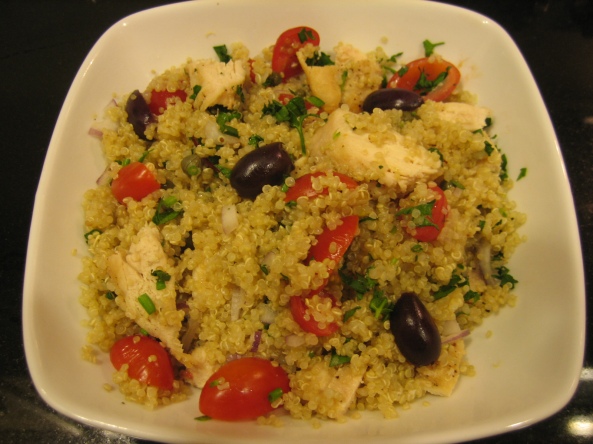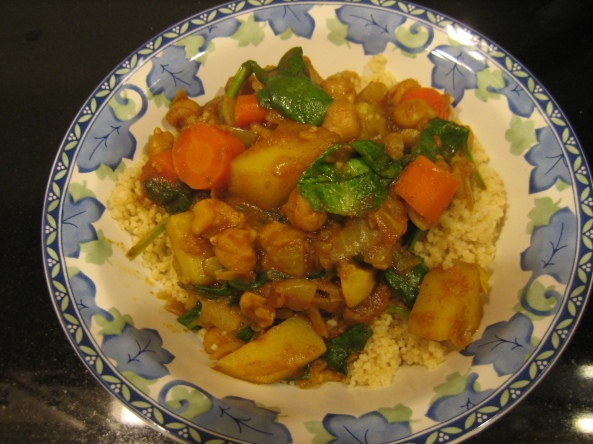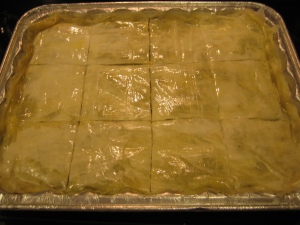Eric Ripert is a chef who I greatly admire. He is remarkably talented and I respect the work he has done to promote sustainable seafood and fishing practices.
A couple of months ago, I picked up his cookbook “Avec Eric“ which, in addition to some really wonderful recipes, talks about the journey of the ingredients from their source to the kitchen. For each recipe, he explores different cultures and traditions from the West Coast to Europe, and then returns to his kitchen to cook a dish inspired by his travel. I have filled the book with little Post-It tabs throughout. He also has a program on PBS by the same name which follows the same format. The goal is to dine at his restaurant, the three Michelin star Le Bernardin, the next time I’m in NYC, which hopefully will be soon.
He made the recipe below in one of the episodes and I was fascinated by it. I thought it was such a gorgeous dish that showcased the freshness and brightness of the current season’s vegetables. How creative to mimic couscous with cauliflower! While my presentation of the dish is not as sophisticated as his (he used ring molds to layer the ingredients), I think it’s still gorgeous.
I didn’t have all of the ingredients in his original recipe, so I modified it quite a bit. For example, his recipe called for the use of argan and canola oils, whereas I used only extra virgin olive oil. I also didn’t use nearly as much oil as the recipe indicated. Additionally, I used balsamic vinegar.
I served this as an accompaniment to some steamed fish.
Cauliflower “Couscous” with Market Vegetables and a Balsamic Mustard Vinaigrette
(adapted from a similar recipe by Eric Ripert, which you can find here)
Serves 4
- 1 head of cauliflower
- 2 tbsp dried mint
- 1 tbsp fresh parsley, chopped
- Juice of one lemon
- About 1/3 cup extra virgin olive oil, you probably won’t use all of it
- 1 tbsp whole grain dijon mustard
- 2 tbsp balsamic vinegar
- salt and pepper
- 2 carrots, peeled and sliced on the bias
- 1/2 cup baby spinach
- Asparagus tips
- Baby bok choy, tough outer leaves removed
- 1 bunch radishes, quartered
Separate each of the cauliflower florets and place the florets in a food processor and pulse until the cauliflower resembles couscous. Transfer the cauliflower “couscous” to a sauté pan, add enough water to cover the bottom of the pan and gently cook over low heat, stirring occasionally, until cooked through and most of the water has evaporated, about 5 minutes. Strain and place in a mixing bowl to cool.
Prepare the vegetables for blanching. Cook each of the vegetables in the boiling water, drain, and shock in a bowl of ice water. Transfer to a towel-lined plate and set aside.
My blanching times:
Asparagus, carrots, radishes — 5 minutes
Bok choy and spinach — 1 to 2 minutes
Season the cooked cauliflower couscous with the lemon juice, 3 tbsp olive oil, mint and parsley and set aside.
Combine the mustard and vinegar in a small mixing bowl and season to taste with salt and pepper. Drizzle in the olive oil but only enough to balance out the acidity while whisking constantly. Set aside.
Spoon the couscous onto a plate or bowl. Place the vegetables on top and drizzle with the vinaigrette.
Serve immediately.


















